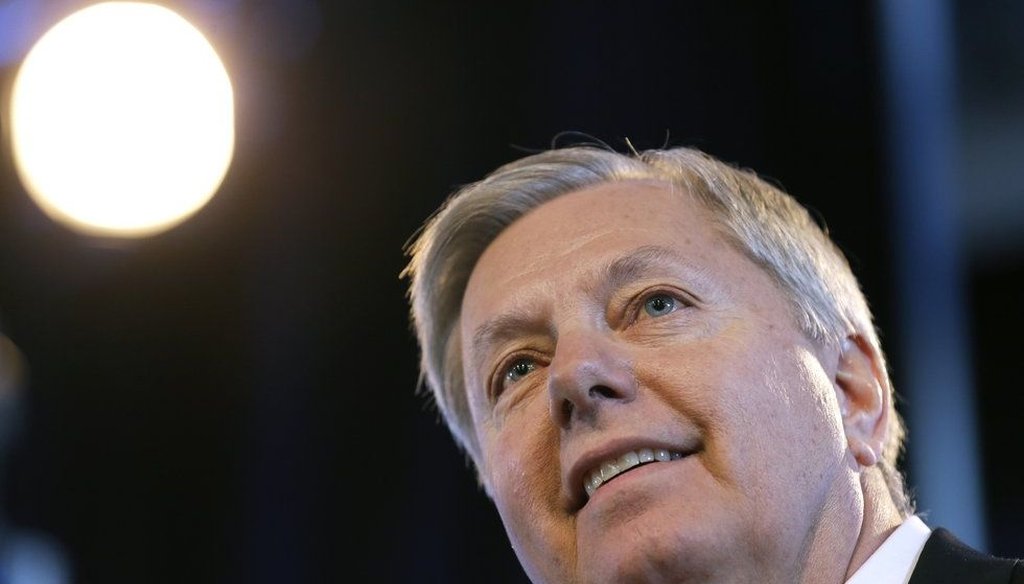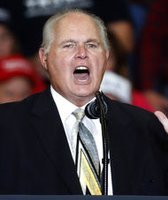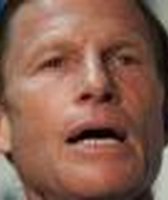Get PolitiFact in your inbox.

Sen. Lindsey Graham, R-S.C., speaks during the Iowa Agriculture Summit, March 7, 2015, in Des Moines. (AP)
Lindsey Graham has it wrong on 'Meet the Press': Labor participation rate is not at an all-time low
A shrinking unemployment rate isn’t enough for Sen. Lindsey Graham, R-S.C., to say the economy is bouncing back from the recession.
On NBC’s Meet the Press March 8, host Chuck Todd noted that unemployment is at its lowest since May 2008. And in 2014, unemployment went down in every state — a first since 1984. Todd asked Graham if Republicans — who have criticized President Barack Obama’s economic policies — could admit that some progress has been made.
"I think that we do have stagnant middle-class wage growth, and I think the labor participation rate is at an all-time low," Graham said. "So if your argument is that we’re on the road to recovery, we had a sound economy under President Obama, no I don’t agree with that at all."
Pointing out that the labor participation rate has been on the decline is a typical retort among Republicans in response to arguments that the unemployment rate is shrinking. While low unemployment rate is generally a good thing, economists also say you want a high labor participation rate. That’s because the higher the rate, the more members of the working-age population that are actively seeking employment.
But is today’s labor participation rate at an "all-time low"? Not so.
As of February, the labor participation rate is 62.8 percent, according to the federal Bureau of Labor Statistics.
Rates were consistently lower than what they are today from 1948 through 1978 — with the lowest point at 58.1 percent in December 1954. (Available data goes back to 1948.)
Below is a graph showing the trend since 1950:
In fairness to Graham, today’s labor participation rate is essentially the lowest it’s been since 1978. The rate increased steadily from the mid 1960s through the late 1990s, when it hit a peak of 67 percent. Since Obama has been in office, the rate has dropped 2.9 percentage points.
Much of the increase in the labor participation rate in the second half of the 20th century largely has to do with a massive increase in the number of women seeking employment as a result of changes such as better access to contraceptives and anti-gender discrimination legislation, according to an economic report out of the White House, based on Bureau of Labor Statistics data.
This major social difference in the country’s workforce makes it difficult to compare labor participation rates today to those 50 years ago.
Featured Fact-check
Another important reason for labor participation rate increase through the 1990s was the fact that baby boomers reached their "peak working years," according to the report.
Factors contributing to current decline are up for debate.
On the one hand, there’s concern that people are discouraged about their job prospects. The slow recovery from the recent recession may have prompted people to go back to school, stay at home with their kids or give up on a job search altogether.
But absent the recession, labor participation would have dropped anyway, Brookings economist Gary Burtless told PolitiFact in 2013. Why? Because the baby boomers have started to retire.
And as the population gets older, fewer people will be working overall, meaning the labor participation rate will continue to decline in the coming decade, according to the Bureau of Labor Statistics.
Additionally the rate of female labor participation — which increased rapidly through the 1990s — has since plateaued and declined slightly. (The labor participation rate among men has decreased more.)
The White House report found that half the decline in labor participation is a result of the aging population, while the other half is a combination of cyclical economic trends, the recession and existing trends such as the decline of female workers.
The report also notes that while labor force participation among young adults has declined about 0.8 percentage points a year since 2007, school and college enrollment has increased. So the rate of young adults either working or in school has remained relatively unchanged.
Our ruling
Graham said, "The labor participation rate is at an all-time low." Graham’s office did not respond to multiple emails seeking comment.
The rate was lower than it is today from 1948 to 1978. That said, it's not necessarily an apples-to-apples comparison and the labor participation is at about its lowest level in 37 years.
The statement contains an element of truth but ignores critical facts that would give a different impression. We rate it Mostly False.
Our Sources
NBC, Meet the Press transcript, March 8, 2015
Bureau of Labor Statistics, "Labor Force Statistics from the Current Population Survey," accessed March 8, 2015
White House, "The labor force participation rate since 2007: Causes and policy implications," July 2014
Quartz, "The chart Obama-haters love most—and the truth behind it," Nov. 4, 2014
New York Times, "After a Bounce, Wage Growth Slumps to 0.1%," March 6, 2015
Federal Reserve, "Will Labor Force Participation Bounce Back?" May 13, 2013
PolitiFact, "Labor force participation is at lowest point since 1978, says Texas Sen. Ted Cruz," Jan. 26, 2014
PolitiFact, "Rep. Cathy McMorris Rodgers says fewer now working than any point since 1979," April 12, 2013
Email interview, David Autor, economics professor at the Massachusetts Institute of Technology
Browse the Truth-O-Meter
More by Lauren Carroll
Lindsey Graham has it wrong on 'Meet the Press': Labor participation rate is not at an all-time low
Support independent fact-checking.
Become a member!
In a world of wild talk and fake news, help us stand up for the facts.






















































